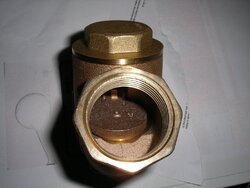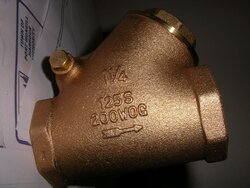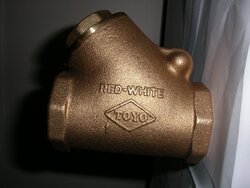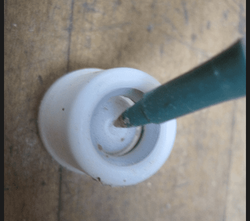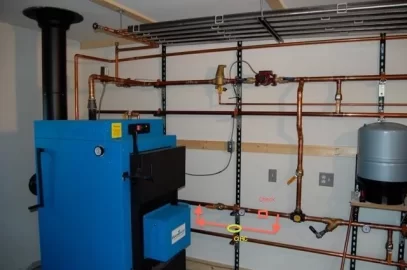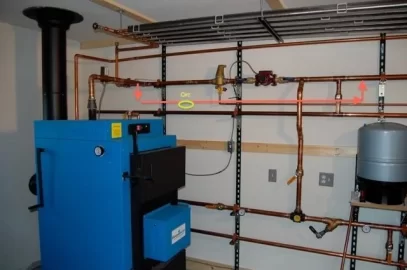I posted this the other day about adding a parallel pump in my system.
https://www.hearth.com/talk/threads/parallel-pump-to-reduce-idle.86883/
After looking it over more it would be much easier to add the pump in the boiler return. To do so I will need a flow check in the 1-1/2" boiler return.
How much restriction do the flow checks cause?
Can anyone suggest a good flow check valve?
If it is excessive I will cut the supply and put the bypass there. The integrated check valves in my grundfos pumps would be sufficient.
gg
https://www.hearth.com/talk/threads/parallel-pump-to-reduce-idle.86883/
After looking it over more it would be much easier to add the pump in the boiler return. To do so I will need a flow check in the 1-1/2" boiler return.
How much restriction do the flow checks cause?
Can anyone suggest a good flow check valve?
If it is excessive I will cut the supply and put the bypass there. The integrated check valves in my grundfos pumps would be sufficient.
gg


